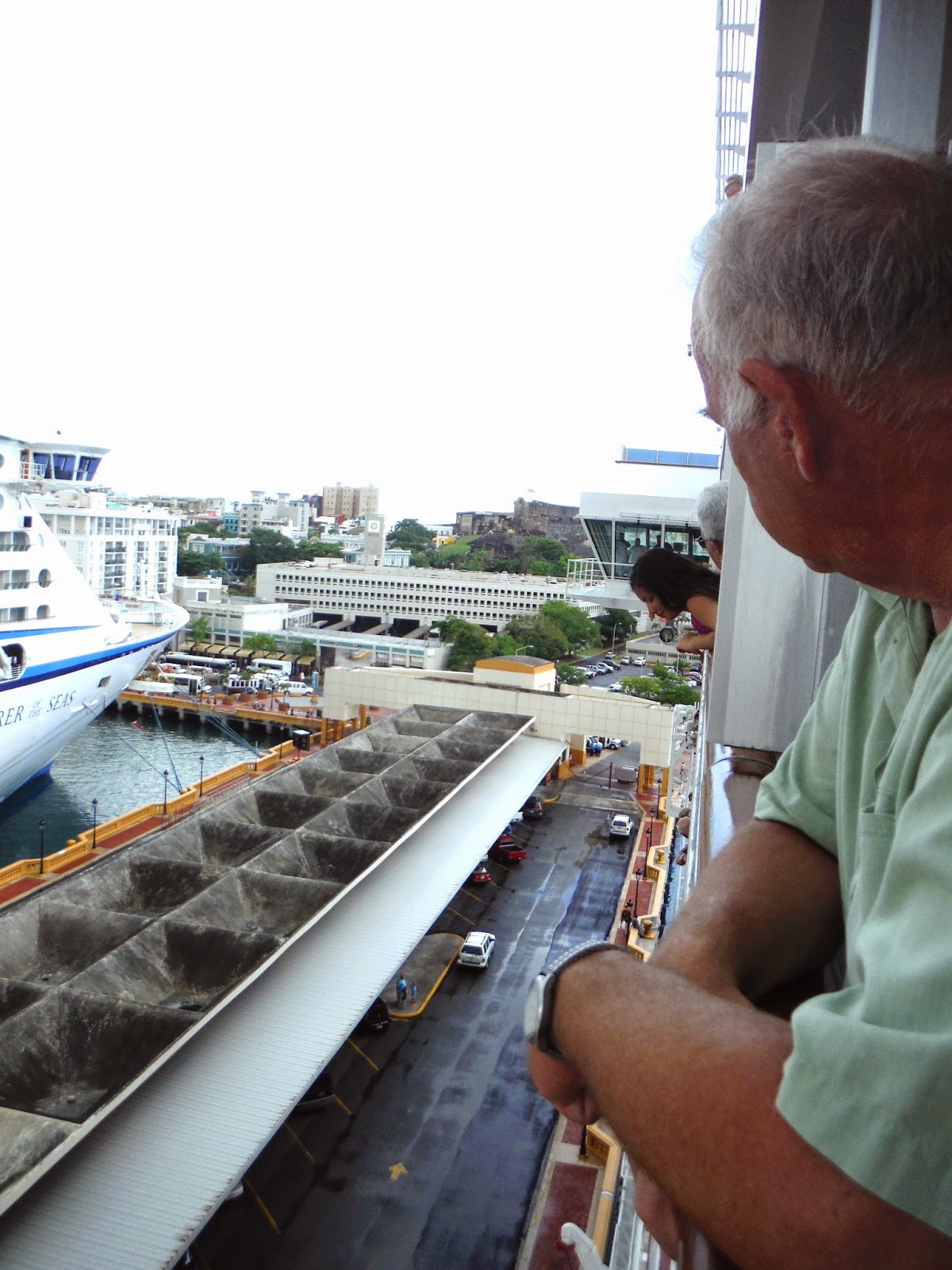TUESDAY, JULY 22nd
SECOND PART OF OUR HISTORY TOUR
CASTILLO SAN FELIPE DEL MORRO
By 1500, Spain claimed the entire Caribbean basin, with large quantities of gold, silver, spices, and exotic wood in their Central and South America colonies, control of the Caribbean became essential to Spain's economic interests. As a protected harbor at the entrance of the Caribbean, San Juan became an important part of Spain's strategy to protect it's American empire from European rivals.
LOOKING OUT ONTO THE GROUNDS
CITY VIEW
CEMETERY NEAR THE FORTRESS
AN ART MUSEUM NEAR THE FORTRESS
TOWN PEOPLE FLYING KITES AND ENJOYING THE WEATHER
The Rudels' walking back from visiting the Cemetery
BACK ON BOARD THE SHIP
EVENING
THE CUTEST TOWEL DESIGN OF THE WEEK
WATCHING THE 10:00 PM DEPARTURE OUT OF SAN JUAN FROM OUR BALCONY
THE PILOT BOAT GUIDING US OUT TO SEA




















































